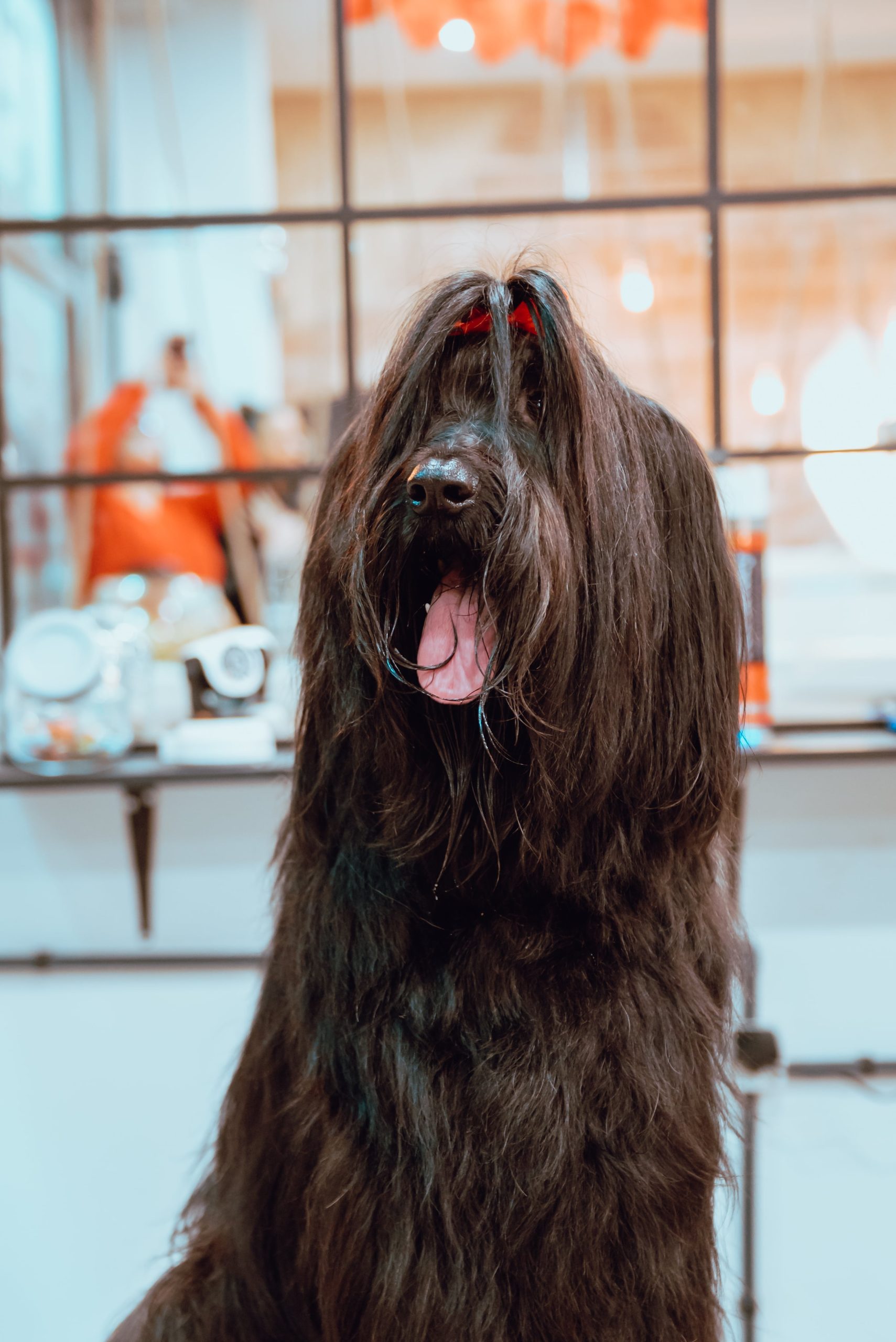We’ve all experienced it before. We call and call, but our pooch just does not want to listen! Maybe they are too focused on a treat, or a toy, or maybe they’re just plain ignoring us. However, one ailment that may be hard to determine is hearing loss or deafness in dogs.
Some studies show that between 5 and 10% of dogs suffer from some degree of deafness. Whether your senior pup is starting to show signs of deafness, or you’re concerned about your young dog’s hearing, here is what you need to look for and what you can do about it.

What is Deafness In Dogs?
Deafness in dogs refers to the partial or complete loss of hearing. This loss can be temporary, permanent or something they are born with. It can also affect one or both ears.
Temporary deafness is most often the cause of a buildup of wax or debris in the inner ear canals. Fortunately, this can easily be treated by your veterinarian with a good clean and their hearing should return to normal.
The Different Causes Of Hearing Loss In Dogs
Permanent deafness, on the other hand, is not always treatable. It may be hereditary deafness or caused by congenital defects, old age, infections, tumours, trauma and more.
Certain breeds such as Dalmations, Jack Russell Terriers and English Setters are prone to congenital deafness. This means that they are born with it or develop it early on in life. Early-onset deafness often means it is usually irreversible.
As your dog gets older, they are also more susceptible to developing hearing loss due to age-related changes in the ear. These changes include a deterioration of the nerve endings and a thinning of the ear canal. Many older dogs will lose their hearing but never become completely deaf; however, the loss that has already occurred is permanent.
If your canine experiences trauma to the head, such as being hit by a car, this can also cause both temporary and permanent deafness. Chronic ear infections of the ear canal or middle ear are other causes that may lead to hearing loss. These types of infections are often treated with antibiotics; however, if the infection has caused extensive damage, hearing loss may be permanent.
Is My Dog Experiencing Hearing Loss?
Some common symptoms of hearing loss may include:
- Show a change in obedience or attentiveness
- Appear unresponsive to everyday sounds, such as the doorbell or vacuum
- Appear unresponsive to his/her name
- Fail to respond to familiar verbal commands
- Be difficult to rouse from sleep
- Be less active
- Bark excessively
- Shake or tilt their head
Diagnosis & Dog Deafness Test
To correctly diagnose hearing loss in dogs, a complete veterinary exam is needed. After examining your dog’s inner ear canal for any abnormalities, including wax or debris, infection, inflammation and injury, your veterinarian may perform a simple hearing test. This often involves making a loud noises (outside of your dog’s hearing range) and observing your dog’s response, or lack thereof.
If deafness is confirmed, your vet might need to run some additional tests to check for any treatable causes and determine the best steps forward.


Living with a Deaf Dog
While living with a deaf dog may take some time to get used to, it is not as scary or difficult as it may seem! Dogs who become deaf, especially later in life, typically do not experience any anxiety over their loss of hearing and seem to have very little trouble adapting to their condition. However, some modifications will need to be made to accommodate your dog’s lifestyle to ensure they are happy and comfortable.
Monitor Your dog's activity
Deaf dogs rely on their other senses, but they might not be able to hear potential dangers nearby. It’s important to provide them with extra supervision and care. Avoid letting your dog roam freely outside without supervision and always make sure they’re in a secure, enclosed space where they can safely explore without getting into harm’s way
Approach carefully
Deaf dogs can often be easily startled, particularly when they’re asleep. To avoid surprising them, gently wake your sleeping pooch by first allowing them to smell your presence. Place your hand in front of their nose so they can detect your scent before you touch them. This gentle approach helps prevent any sudden awakenings and ensures a smoother transition for your furry friend.
Use hand signals and other visual cues
When communicating with your deaf dog, hand signals or gestures can be incredibly effective substitutes for verbal commands. Since they can’t hear your voice, visual cues become their primary mode of understanding. By using clear and consistent hand signals, you can effectively communicate with your furry friend and ensure they understand what you’re asking of them.
Let your dog know where you are
Some deaf dogs may experience anxiety when they realise you are suddenly absent. To help ease their anxiety and provide reassurance, you can establish a tactile communication method. Gently tapping your dog on the back can serve as a signal to let them know you are leaving or getting back.
While deafness can be difficult to manage, especially at first, it does not have to stop you and your furry friend from living a happy life together. With a little patience and understanding, you and your deaf dog will be best buds in no time!

Helping You Treat Your Pooch
Understanding and addressing hearing loss in our furry friends is vital for their well-being and for strengthening the special bond we share with them. Whether it’s a temporary issue or a permanent one, being attentive to the signs and seeking veterinary guidance is key. While some causes of deafness may not be reversible, there are plenty of ways we can support and accommodate our deaf dogs to ensure they continue to lead happy, fulfilling lives.
The House Call Vet is here to help you and your furry friend in any way possible. We provide in-home veterinary services so that you can get the care and treatment your pet needs without having to leave the comfort of your own home. With the right care and support, both you and your four-legged companion can continue to enjoy a beautiful and enriching friendship. Schedule a visit with us today!

